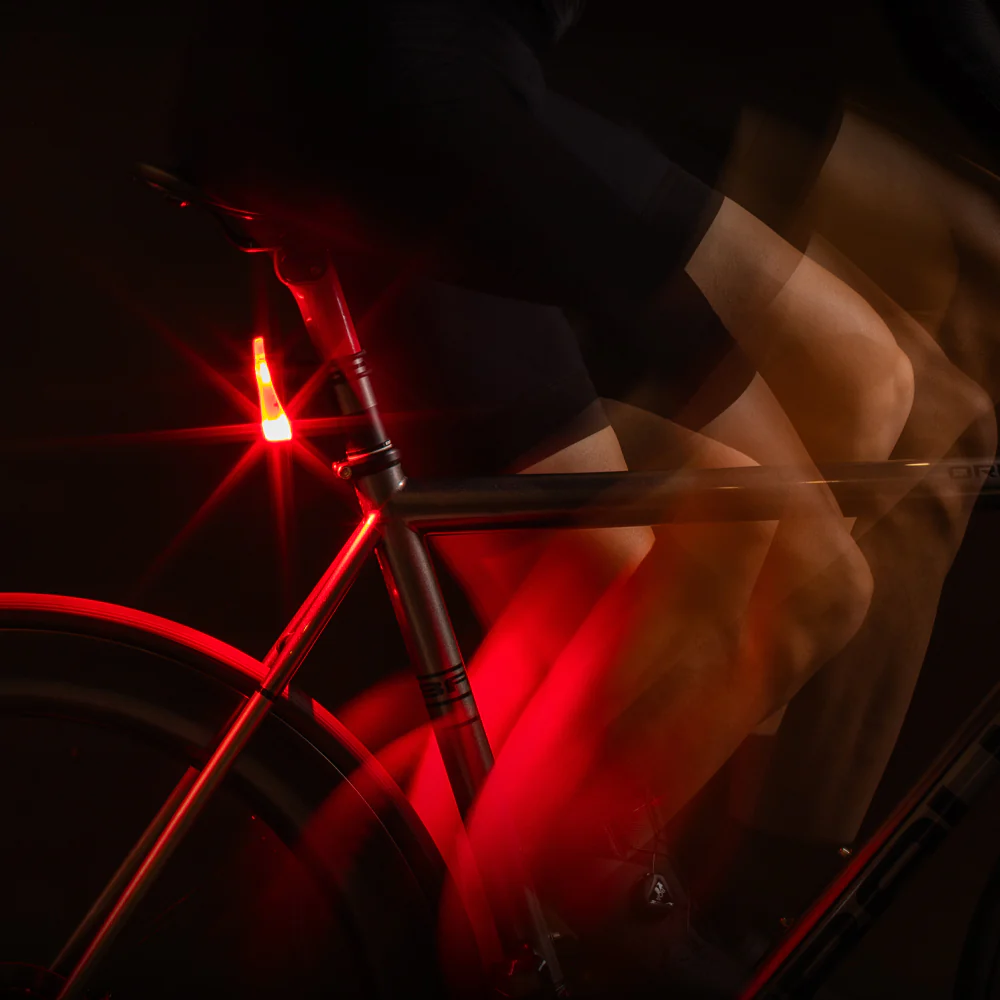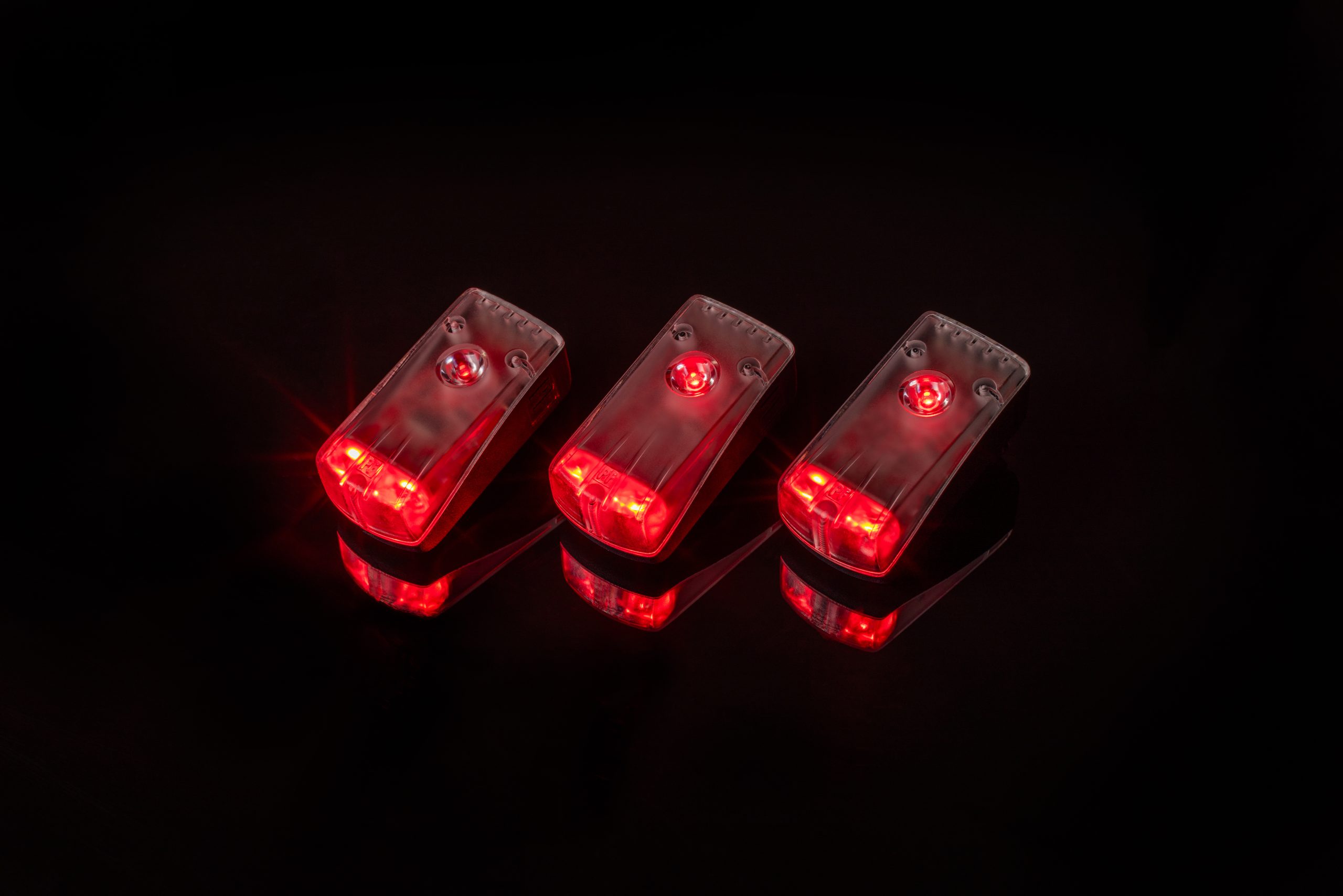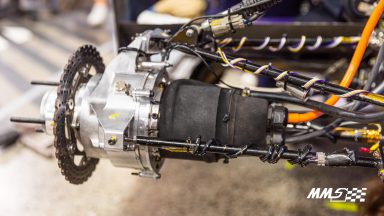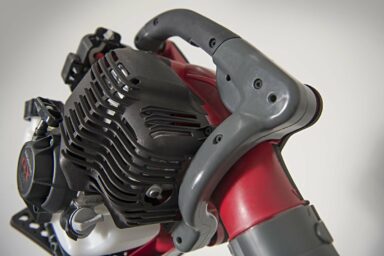Project Flock’s Hybrid Manufacturing Approach
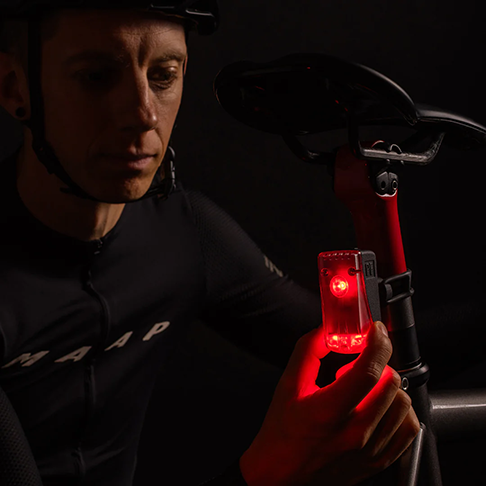
The Project
Did you know there are over 9,000 bike related hospitalisations in Australia each year, with the number 1 cause of these involving a rear collision from a motor vehicle? Despite cycling being beneficial to our health and our planet, jumping on your bike can often be life threatening. The team at Project Flock wanted to help solve this problem by developing a rear bike light that would help cyclists be seen sooner by motorists, therefore reducing the number of crashes and collisions on our roads.
That’s how the idea of the FLOCK LIGHT was born. Industrial Designer Tim Ottaway, developed the idea during his final honours year at RMIT. The early work that Tim did on Project Flock at RMIT earned him the Australian James Dyson award in 2020 along with runner up in the student category of the 2020 Core77 design awards. The premise of the FLOCK LIGHT design works on the phenomenon of biomotion – the human brain’s evolutionary ability to recognise human movement almost instantly. By highlighting the cyclist’s moving legs, the FLOCK LIGHT was designed to help cyclists be seen up to 5.5x sooner than a standard rear bike light, and be seen as a human while they ride their bike.
The Challenges
When the team at Project Flock first came to Formero, the biggest challenge they were facing was getting their product made with their available capital. Their Design for Manufacturing strategy was based on optimising for higher volume which required them to injection mould all parts. Creating tooling for all these parts resulted in very high tooling costs, making it cost prohibitive for them to get off the ground.
It was also apparent to the team that they were preparing for large scale manufacturing of a product that had yet to be tested in the market. Any further adjustments to the design would likely be more costly and time consuming. What was needed was a hybrid and agile manufacturing strategy that would allow them to test their product in the market and make adjustments as needed before investing in tools for large-scale manufacturing.

The Solution
Formero helped the team solve their problem in a number of ways. Firstly, a manufacturing solution was proposed which meant that the team could greatly reduce their tooling costs from the get go. The resulting hybrid manufacturing solution involved injection moulding critical components, while 3D print the rest. Tooling costs were drastically lowered, which meant that the first production run could be delivered with less upfront costs.
For this, the recommended MJF 3D printing process was utilised. Due to it’s isotropic mechanical properties, the MJF components were much stronger than traditional 3D filament printing, and comparable to injection moulded parts. The ‘manufacturing on demand’ approach also allowed for continual iteration of the 3D printed parts as the prototypes were tested for waterproofing, impact, assembly, and certification. All of this happened in a fraction of the time usually required to create, test and adjust injection moulded tooling.
“The team at Formero are an absolute pleasure to work with. Throughout the whole FLOCK LIGHT project they always delivered on time and the quality of the deliverables has always been second to none. Particularly as the FLOCK LIGHT is our first go at bring a product to market I’ve always felt confident to have them as a supplier.”
Tim Ottaway | Co-founder and Design Manager
The Results
Manufacturing of the first FLOCK LIGHTS is well under way, with dispatch of the first orders anticipated in late April 2024. With 80 pre-production samples out in the wild, the 3D printed parts have proven to be a real hit with Project Flock’s Beta Testers.
The team at Project Flock are on track to not only deliver the first Biomotion tail light on the market, but also one of the first 3D printed bike lights on the market. Recently, FLOCK LIGHT earned a spot as a finalist in the Victoria Premier’s Design Award. Additionally, much of the design, testing and manufacturing of the FLOCK LIGHT has been able to be kept within Australia.
Some other unexpected opportunities arose from the proposed manufacturing process. Thanks to the agile nature of 3D printing, Project Flock have been able to offer value-aligned brand partners the opportunity to create co-branded FLOCK LIGHTS – another unique point of difference from their competitors. The manufacturing strategy not only solved the team’s biggest problem, but created one of their greatest opportunities.
“Working with the team at Formero personally got me very excited about manufacturing again. 3D printing just made so much sense, and for the first time since we started, manufacturing parts and assembling our product right here in Melbourne became possible. We were able to work with the team in person, resolve issues and iterate the design quickly and effectively. They were such a pleasure to work with”
Marie Penny | Co-Founder & Business Manager
Advantages of Using Formero
- A low-scale, hybrid manufacturing strategy allowed the team at Project Flock to get their first product off the ground.
- 3D printed parts are strong and durable and are comparable to injection moulded parts.
- The team were able to test and iterate multiple times throughout the Alpha, Beta and Pilot Production Process. This allows them to make sure the product was right before investing in large amounts of money for injection moulded tooling.
- 3D printed parts were manufactured right here in Melbourne. The team were therefore able to also assemble their products in Melbourne.
- The ‘just in time’ manufacturing method of 3D printing allowed for quick prototyping, feedback and adjustments.
- Formero were able to connect the team with a number of suppliers with whom they had long standing working relationships, to help with injection moulded parts.
- Formero had input in helping the team refine their design in order to optimise it for 3D printing and manufacturing.
- The team at Formero were prompt, communicative and incredibly helpful.
Relevant Services.
Ready to speak with us?
If you have questions please feel free to contact us.
Other Case Studies.
3D Printing for Race Cars: Enhanced Cooling Efficiency
MMS needed to prevent overheating in their motors & inverters. The challenge was to create durable, heat-resistant parts that would manage thermal loads effectively.
Read MoreQuick Turnaround Architectural Models
Using SLA we 3D Printed Architectural Models in as little as 5 days for a carbon-capture plant, which extracts CO2 from the air, directly removing CO2 from the atmosphere.
Read MoreAtom Industries – Leaf Blower
See how Formero’s 3D Printing Technology helped Atom Industries, an an innovative leader in the development and manufacture of lawn and garden equipment, improve their leaf blower’s design and performance.
Read More
